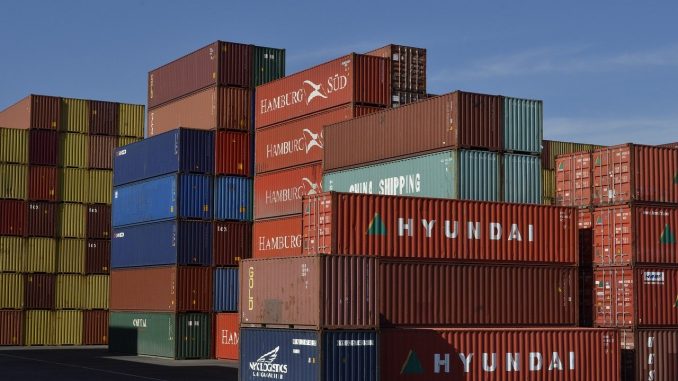
Transport and the environment
One of the biggest challenges for environmental work, both in Europe and worldwide, is to reduce the negative impact of transport on the climate and the environment.
In recent years, emissions have no longer decreased but have remained almost unchanged. This trend violation is explained by the reduction in emissions from passenger cars and light trucks. The energy efficiency and transition to biofuels that are taking place are not enough to counteract the effect of increasing traffic.
This means that carbon dioxide emissions from new cars sold is are reduced, but not quickly enough.
In 2018, the trend was broken with slowly decreasing climate-impact emissions from road traffic and increased due to increased truck traffic. The energy efficiency that was achieved by the passenger car fleet was not enough to compensate for the increased traffic, nor could the biofuels help, as the proportion of them did not continue to increase as in previous years. Compared to 2010, road traffic’s climate-impacting emissions have decreased by about 18 percent. To reach the climate goal of reducing greenhouse gas emissions from traffic by 70 percent, emissions must continue to decrease by 8 percent per year, every year, until 2030.
The climate-impacting emissions from heavy vehicles have been declining for a few years, after two decades of increasing emissions.
To reduce the climate impact of the transport sector, vehicles need to be more energy-efficient and the proportion of vehicles powered by renewable fuels is increasing. Older cars and trucks account for significantly higher climate impact emissions. The development of energy-efficient cars will reduce emissions as the older cars are scrapped and the world’s car park is renewed. However, according to research and investigations, this will not be enough. Traffic also needs to decrease and more people need to choose alternatives to car and air travel and truck transport respectively.
Air pollution affects our health
Air pollution in cities and towns is a major health problem. Particles and hydrocarbons are toxic to humans and animals. Particles in the outdoor air contribute to cardiovascular disease as well as diseases that impair lung function and can affect the normal development of the lungs.
In incomplete combustion of fossil fuels, particles and hydrocarbons are formed. The dominant source of high content of coarse particles is traffic. It is mainly wear and tear from road pavement that is torn up by car tires, particles that are demolished from car tires and road dust that accounts for the increased levels. Increased use of studded tires on cars in our largest cities also contributes. Emissions of heavy metals and volatile organic substances are caused by automobile brake pads.
Car traffic and shipping affect lakes and the sea
Eutrophication is mainly caused by excessive levels of nitrogen and phosphorus in the soil or water. Most of the nitric oxide emissions come from traffic, where car traffic and shipping are the main sources.
Nitrogen depletion affects vegetation both on land and in the water. Eutrophication of lakes and the sea can result in algal blooms, which in the worst-case results in oxygen deficiency and fish death.
The species composition both on land and in the water changes as species that thrive in the nitrogen-rich environment spread at the expense of other species.
Traffic noise damages human health
Traffic and traffic infrastructure are by far the biggest causes of noise.
Noise is described as unwanted noise that irritates and disturbs us people in our everyday lives. A large number of people are exposed to traffic noise higher than 55 dBA outdoors at the home, which exceeds the threshold value for noise at the home.
Noise can have serious health effects and can lead to increased fatigue, reduced concentration and poor performance in the long run.
Traffic routes create barriers and affect the landscapes
Transport infrastructure such as roads, railways, and airports become barriers for both people and nature.
In today’s cities, traffic routes are often barriers between different neighborhoods and can be an obstacle for those who want to walk and cycle safely and securely between housing, school and work. This leads to more people choosing the car to travel short distances, for example to drive the children to school.
Car traffic requires large areas not only when used but not least for parking spaces – at home, school, work, business, etc. But on average, only 1.5 people sit in each passenger car in our cities.
In cities, as much as 20-30 percent of the surface area is used for car traffic.
The transport infrastructure affects the conditions for biodiversity conservation and ecosystem services. The transport infrastructure is widely branched across almost the entire country and affects the environment in an area much larger than its surface. The infrastructure and its traffic lead to disturbances, intrusions, barriers and fragmentation in the natural environment, and counteract the goals of a functioning green infrastructure.
Leave a Reply